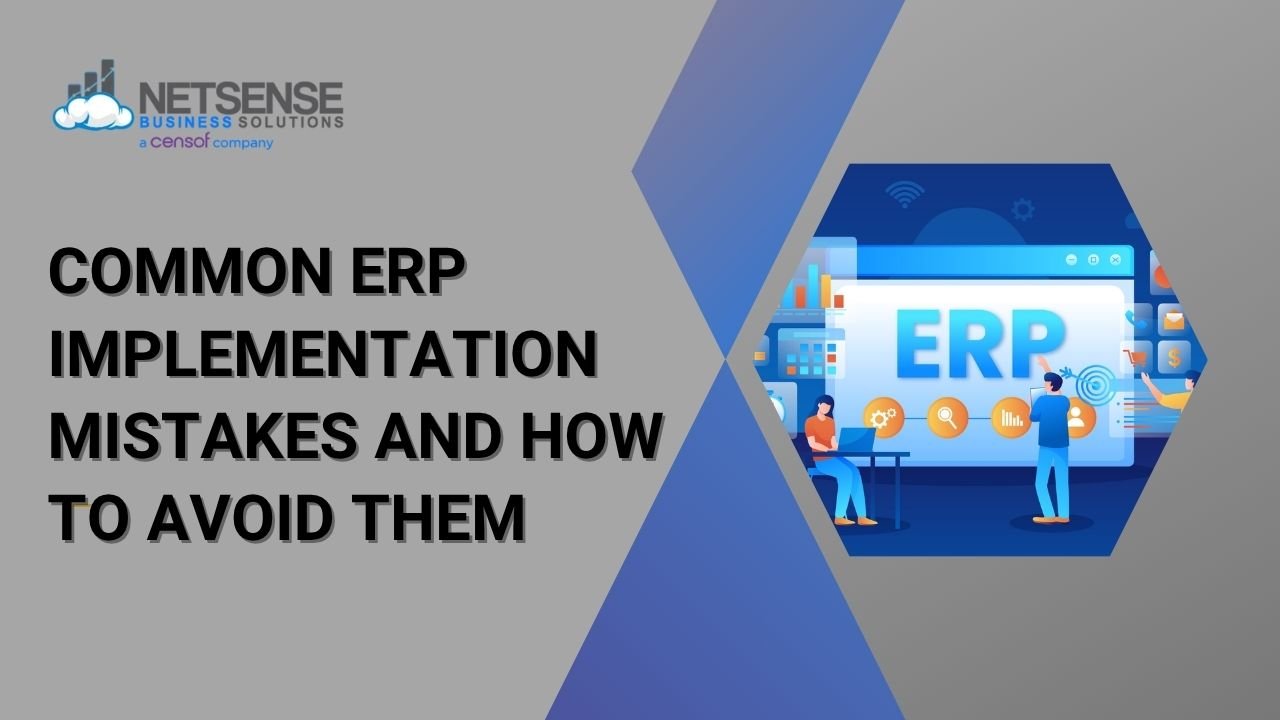Did you know that over 50% of ERP implementations either fail or do not meet expectations?
That’s an alarming number for something that is supposed to make life easier and more streamlined for a business like yours. Best ERP software can transform how your company works but only if properly implemented.
Unfortunately, many businesses start the ERP implementation process with no strategy in place, and ends up making avoidable mistakes that cost money, time, and ultimately their productivity. So, here in this blog, we will walk you through some common ERP implementation errors along with giving you tips to avoid. So, let’s dive deeper.
1. Lack of Clear Goals and Planning
One of the common errors companies make is blindly jumping into implementation of Enterprise Resource Planning (ERP) without having an overall plan. Many organizations do not establish a clear set of objectives, desired results, or a timetable for implementation.
Start with a plan. Define the objectives of the ERP system – better inventory control; improving HR processes; easier financial reporting. Set realistic timelines and resource allocation for all departments, and ensure everyone has an understanding of the objectives.
2. Choosing the Wrong ERP Software
ERP systems are not same. Some businesses select software that is too complicated or too basic. Others select the most popular system that doesn’t even meet their industry needs.
Solution – Ask the right questions. Examine features, options for scaling, support, and customization. Speak with experienced ERP software companies that understand your industry and help you select the best ERP software.
3. Underestimating Data Migration Challenges
Though data migration seems simple, it can quickly turn into a nightmare with one wrong step as incorrect, incomplete, or unclean data can disrupt the whole system.
Solution-
Audit your data pre-migration. Clean it, eliminate duplicates, and make sure the format is correct. It is wise to run trials to test for errors. The best case is to work with ERP experts who provide data migration support as they can make the process easier along the way.
4. Ignoring User Training
A powerful ERP system will be worthless if your team doesn’t understand how to use the tool. Skimping time and cost on training for users will lead to low user adoption and frequent errors.
Hence, thoroughly train your team. Provide hands-on workshops, video tutorials, and user guides. Involve heads of departments as early as possible so they can support their teams during the transition. Many good ERP software companies often offer training and support.
5. Skipping Testing and Quality Checks
Some companies might be so excited to go live that they skip testing. The result is bugs, systems crashes, and faulty reports after going live.
Make sure that you have fully tested the system beforehand. Each module (finance, payroll, inventory, etc.) should have its own test cases. Fix any issues, and make sure that everything is running smoothly before going live.
In The End
Adopting an ERP is a massive step forward, but it can be a burden if done wrong. However, if you avoid these mistakes, you’ll have a better transition and get more value. Do good planning and provide ongoing support after the transition.
Whether you are the startup and are quickly scaling, or are already an established company, the key is finding the best ERP software and right implementation partner. At Netsense, we don’t sell software, we sell digital transformation. We are your trusted IT solution provider, offering top-notch ERP solutions.
